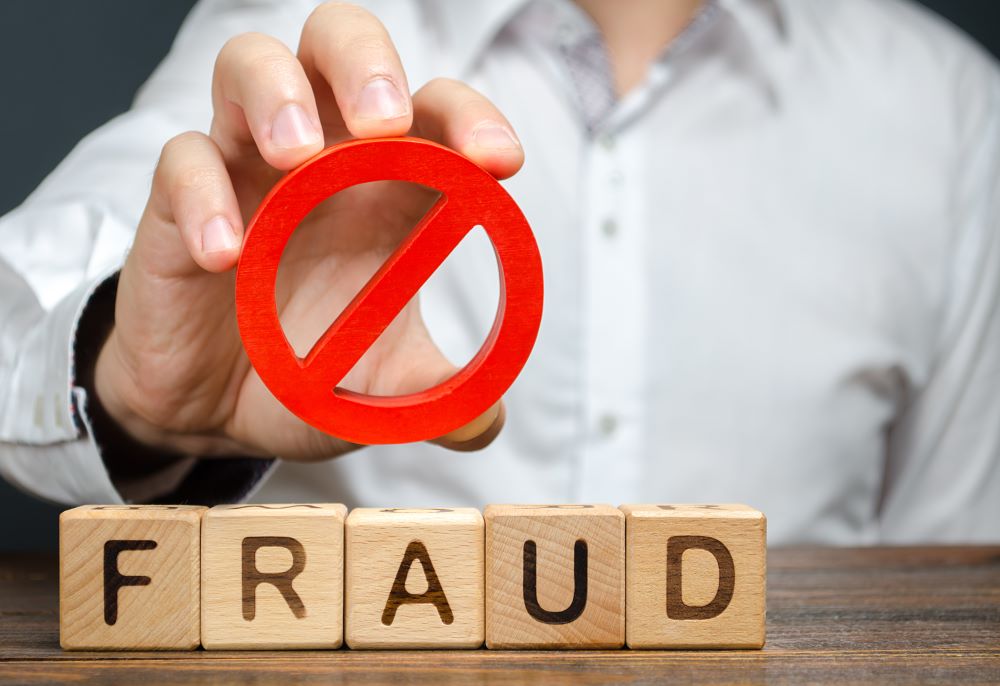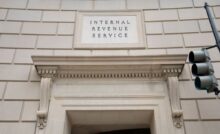Update in the Fight Against COVID-19 Fraud


The COVID-19 pandemic was a challenging time for individuals, families, and businesses. Concern about the widespread transmission of a relatively unknown virus resulted in stay-at-home orders and forced business closures. While a practical step, it did create significant complications for many including restaurants, bars, and entertainment businesses. Additional challenges were created with the introduction of social distancing rules which only served to further complicate matters. The result was that revenue vanished while expenses compounded leaving employers with little choice other than to lay off staff.
To counteract this trend, Congress created the 100% forgivable Paycheck Protection Program (PPP). The goal was to provide an immediate cash infusion for struggling businesses. Since it was rolled out so quickly it lacked the protections of other federal loan programs. Unfortunately, this allowed fraudsters to receive loans without being detected. While there have been some cases of fraud uncovered, more time is needed by regulators to conduct comprehensive investigations. The good news is recent legislation now provides investigators with the additional time needed to fight PPP fraud. To help clients, prospects, and others, Wilson Lewis has provided a summary of the key details below.
Legislation to Fight Fraud
The two bills, PPP and Bank Fraud Enforcement Harmonization Act of 2022 and the COVID-19 EIDL Fraud Statute of Limitations Act of 2022, were signed into law on August 5, 2022. While separate, they both tackle the same issue: COVID-related fraud.
Legislation applies to both first- and second-draw PPP loans as well as EIDL advances and targeted EIDL advances.
The previous statute of limitations was five years. Bank fraud, which holds a ten-year statute of limitations, has been applied to most existing pandemic relief fraud cases. But that statute only applies if the loan was issued through a traditional bank. Nonbanks, also called fintechs, didn’t fall under the same regulations. As a result, those cases could only be charged as wire fraud, which holds a maximum five-year statute of limitation.
Basically, what the legislation does is equalize all lenders under the same ten-year window. Especially as the fraud cases become more complex and involve more defendants, it will take extra time to conduct the investigations.
Officials began the early process of rooting out pandemic relief fraud not long after the CARES Act was passed, but it wasn’t until May 2021 that the U.S. Attorney General established the COVID-19 Fraud Enforcement Task Force. Then, in March of this year, a Justice Department special prosecutor was appointed to handle pandemic relief fraud cases. This is a new position meant to make better use of information- and resource-sharing among federal agencies.
A similar piece of legislation, which would bolster both of the above bills, is currently pending in the Senate. The Administrative False Claims Act of 2021 is a bipartisan bill that would raise the dollar limit for smaller fraudulent claims against the government from $150,000 to $1 million.
Looking Closer at Pandemic Relief Fraud
It’s true that fraudsters will find a way to take advantage of just about any situation; when that situation involves billions of dollars and a quick application process, fraud is bound to happen.
Between the EIDL program and first- and second-draw PPP loans, total COVID relief amounted to more than $813 billion. In the first two weeks of the first-draw PPP loans, the SBA issued $343 billion, almost one-third of total PPP funds throughout 2020 and 2021.
Lax application and due diligence processes and minimal checks have been attributed to pandemic relief fraud. The speed with which 2020 loans were issued has also been noted as a key determining factor. Checks put in place in 2021 were shown to reduce instances of potentially fraudulent loans.
Red flags such as unregistered businesses, more than one business at the same address, unusually high per-employee compensation, and job reporting inconsistencies are some of the issues that have been found. Security experts noted that fraudsters were found to have stolen the names of existing businesses from state websites and submit false applications, or simply register new, fake businesses.
A Congressional subcommittee found that in the early days of PPP loans, applications were often processed in groups of up to 500 at a time. Even if an application showed one or two red flags, it was allowed to go through.
It’s not just fraud, either. As many as 40 percent of PPP loans in 2020, or about may be in noncompliance with program requirements, according to the Small Business Administration. Each flagged loan needs to be reviewed manually.
And it’s not just PPP or EIDL funds. $90 billion to $400 billion in fraudulent COVID-19 unemployment claims are being investigated, too.
Individuals and businesses aren’t the only targets. Lenders and others who may have helped to facilitate the loan process could come under scrutiny as well if it’s discovered there were lax application procedures or known instances of collusion. Though for most banks this probably won’t be an issue, but fintech lenders have been found to be five times more likely to be linked to suspicious loan activity.
Lessons Learned
The Pandemic Response Accountability Committee (PRAC), released a detailed report on lessons learned from the oversight of federal relief funds. In analyzing $5 trillion in funds and 400 smaller reports across all federal agencies, PRAC concluded there are ten common lessons that can prevent this magnitude of fraud from happening again.
- Validating self-certified information before sending payments
- Prioritizing funding for underserved communities
- Using existing federal data to determine eligibility
- Providing clear and timely guidance on benefits
- Disclosing relief fund recipients to the public
- Allocating funding based on need
- Increasing public awareness of new programs through outreach
- Giving watchdogs access to more data to find fraud
- Collaborating with other agencies and departments
- Reporting better data to more accurately track relief spending
Numbers one through three, five, nine, and ten apply to PPP and EIDL relief funds.
Uncovering Fraud
As of December 2021, more than $4.6 billion in fraudulent loans were identified. Newer estimates put the total amount of fraudulent loans at around ten percent of total funds, or as much as $80 to $100 billion. More than 1,000 individuals and entities have been charged with fraud (as of March 2022), and nearly two thousand other active investigations totaling more than $6 billion in relief loans are ongoing.
Data science and artificial intelligence are helping to mine the millions of records that may hold evidence of fraud. These AI programs search for patterns and outliers; in one case, it found that a gas station in Houston, Texas had its phone number linked to 150 PPP loan applications.
The Justice and Treasury Departments have already pursued several dozen civil and criminal actions. There are still potentially tens of thousands of fraudulent loans that haven’t been investigated yet, so the government may need its full ten-year statute of limitations.
Still, most people and businesses that received PPP and EIDL funds did so honestly and through the appropriate channels. It will be important to keep all documentation related to pandemic relief funds for the full statute of limitations – just in case. Payroll records, copies of expenses and original receipts, copies of government shutdown orders, financial statements, and tax returns are some of the main documents that can support a PPP loan.
Contact Us
The PPP loan program may be over, but investigations to uncover fraud will be ongoing for years. If you have questions about the information outlined above or need assistance with a tax or accounting issue, Wilson Lewis can help. For additional information call 770 -476-1004 or click here to contact us. We look forward to speaking with you soon.
Recent Posts
Relief on Tap for Georgia Taxpayers
Earlier this month Georgia Governor Brian Kemp signed two important parcels of legislation into law.…
Preparing for an ERISA Audit
Preparing for an ERISA plan audit often starts with understanding what the audit looks for…
Auto Dealership Benchmarking
Atlanta car dealerships are constantly searching for ways to increase new and used car sales.…
Navigating New Auto Tariffs: What Dealerships Need to Know
On April 3, 2025, a new 25% tariff on imported vehicles went into effect, bringing…
Leukemia & Lymphoma Society Fundraiser
I want you to imagine hearing the three words, “You have cancer.” Sadly, this has…
Wilson Lewis Named a Regional Leader by Accounting Today
Atlanta accounting and advisory firm Wilson Lewis was honored this month as one the top…

